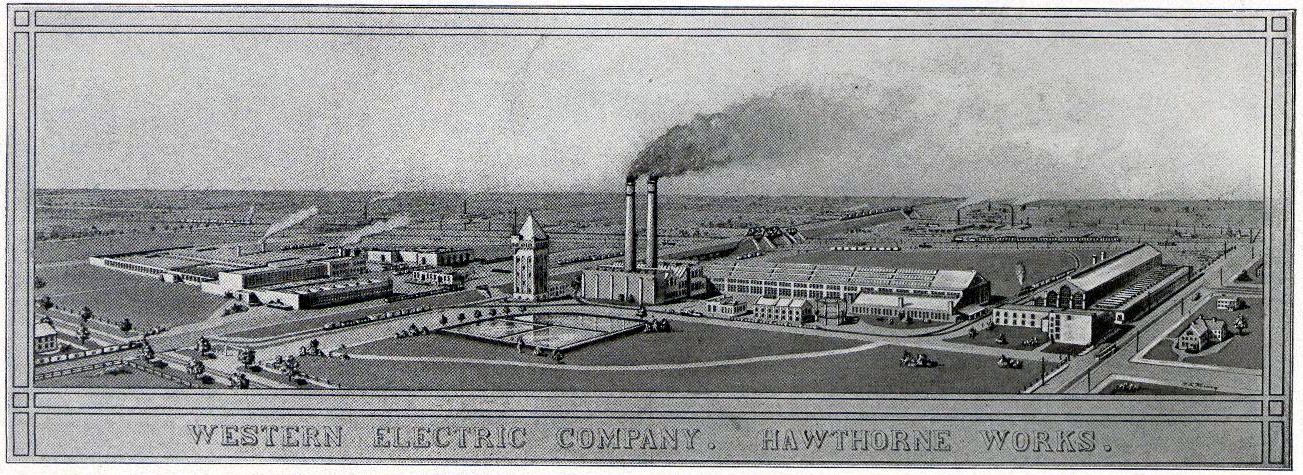- Understand the Hawthorne effect
- Understand the role of the Hawthorne effect in management
Motivation
You have already learned a lot about business and the role people play, both as managers and employees, in helping the organization reach its goals. As a manager you are expected to lead and manage people. As an employee you are given job specific duties and responsibilities you are expected to perform. Neither leading nor following will happen until people are motivated.
First, ask yourself the following questions:
- What motivates me?
- How have others tried to motivate me?
- Which motivational approaches have been the most and least successful?
- When have I been successful in motivating others?
- How can I use this information to be successful in my personal and professional life?
motivation
Motivation is the set of forces that prompt a person to release energy in a certain direction. Motivation is essentially a need- and want-satisfying process.
A need is the gap between what is and what is required. Similarly, a want is the gap between what is and what is desired. Unsatisfied needs and wants create a state of tension that pushes, or motivates, individuals to engage in behavior that will result in the need being met or the want being fulfilled. Motivation is what pushes us to move from where we are to where we want to be, because that effort will result in some kind of reward.
In the module about Management, you learned about Frederick Taylor’s scientific management approach which focused on increasing efficiency by breaking down tasks into separate movements and ensuring the workers were suited to the tasks they were assigned. However, Taylor assumed that all people are primarily motivated by economic incentives. Later studies found that motivation is much more complex than that.
The Hawthorne Effect

Hawthorne effect
The Hawthorne effect suggests that employees will perform better when they feel singled out for special attention or feel that management is concerned about employee welfare.
During the 1920s, a series of studies that marked a change in the direction of motivational and managerial theory was conducted by sociologist Elton Mayo on workers at the Hawthorne plant of the Western Electric Company in Illinois. Previous studies, in particular Frederick Taylor’s work, took a “man as machine” view and focused on ways of improving individual performance. Hawthorne, however, set the individual in a social context, arguing that employees’ performance is influenced by work surroundings and coworkers as much as by employee ability and skill.